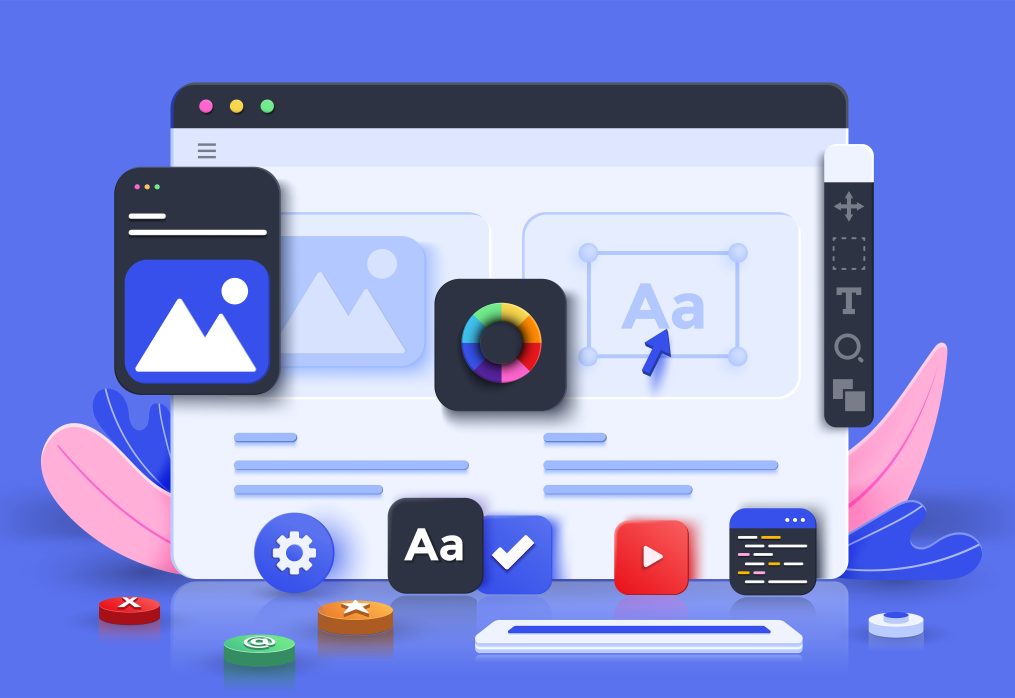The Basics of Web Design: A Comprehensive Guide
The Basics of Web Design: A Comprehensive Guide
Web design is a constantly evolving field that plays a crucial role in creating websites that are visually appealing, user-friendly, and functional. Whether you are new to web design or looking to improve your skills, this comprehensive guide will provide you with the necessary knowledge and insights to get started.
Understanding Web Design
Web design is a fascinating field that encompasses the creation of visually appealing and functional websites. It goes beyond just the aesthetics and involves careful consideration of various elements to provide an optimal user experience. Let’s delve deeper into the world of web design and explore its importance and different types.
What is Web Design?
In simple terms, web design refers to the process of creating the visual appearance and layout of a website. It involves designing the overall structure, colors, typography, and graphics of a site, as well as the user interface and navigation elements. Web designers combine their creative skills with technical know-how to transform a concept into a fully functioning website.
Imagine a web designer as an architect who crafts the blueprint of a website, ensuring that every element is strategically placed to create a seamless user experience. They carefully choose the color palette, typography, and imagery to reflect the brand’s personality and capture the attention of visitors.
Importance of Web Design
Effective web design is essential for a successful online presence. It has the power to capture the attention of visitors, communicate the message of a brand, and guide them through the website smoothly. A well-designed website not only enhances the user experience but also builds credibility and trust, leading to increased conversions and customer satisfaction.
Think about the last time you visited a website that was cluttered, confusing, and visually unappealing. Chances are, you quickly left and found an alternative site that provided a better user experience. This highlights the significance of web design in creating a positive first impression and keeping visitors engaged.
Web design also plays a crucial role in search engine optimization (SEO). Search engines like Google consider factors such as page load speed, mobile-friendliness, and user experience when ranking websites. Therefore, a well-designed website that is optimized for search engines can significantly improve its visibility and organic traffic.
Different Types of Web Design
Web design can vary based on different factors, such as the purpose of the website, target audience, and industry. Let’s explore some common types of web design:
- Static Web Design: This type of design uses fixed web pages that do not change unless manually updated. It is suitable for websites that do not require frequent content changes, such as informational websites or online portfolios.
- Dynamic Web Design: Dynamic web design involves creating websites that can respond to user interactions and display variable content. It often incorporates features like content management systems (CMS) that allow website owners to update the content easily. Dynamic websites are ideal for blogs, news portals, and websites that require frequent updates.
- Responsive Web Design: In today’s mobile-centric world, responsive design has become crucial. It ensures that websites adapt to different screen sizes and devices, providing an optimal viewing experience for users. A responsive website automatically adjusts its layout and content to fit smartphones, tablets, and desktop computers, eliminating the need for separate mobile and desktop versions.
- E-commerce Web Design: E-commerce design focuses on creating online stores with features such as product listings, shopping carts, and secure payment gateways. It requires careful consideration of user experience, product showcasing, and seamless transaction processes to encourage conversions and boost sales.
Each type of web design serves a specific purpose and requires a unique approach. Web designers must adapt their skills and techniques accordingly to create websites that meet the specific needs of businesses and users.
In conclusion, web design is a multifaceted discipline that combines creativity, technical expertise, and user-centric thinking. It plays a vital role in shaping the online presence of businesses and organizations, impacting their success and reputation. By understanding the fundamentals of web design and its various types, you can appreciate the effort and skill that goes into creating visually stunning and user-friendly websites.
Elements of Web Design
Web design is a multidimensional field that encompasses various aspects to create visually appealing and user-friendly websites. The elements of web design work together to provide a seamless and enjoyable browsing experience for users. Let’s take a closer look at some key elements:
Layout and Structure
The layout and structure of a website provide a foundation for its overall design. A well-planned layout helps to organize content, ensure easy navigation, and guide users to important sections. Different layouts, such as grid-based or asymmetrical designs, can be used based on the desired aesthetic and functionality.
When designing a website, it’s essential to consider the hierarchy of information. Placing important content in prominent positions and using visual cues, such as headings and subheadings, can help users quickly understand the structure of the website and find the information they need.
Furthermore, responsive design has become increasingly important in today’s mobile-driven world. Designers must ensure that websites are optimized for different screen sizes and devices, allowing users to access content seamlessly on desktops, tablets, and smartphones.
Color and Typography
Colors and typography play a vital role in setting the tone and visual appeal of a website. The choice of colors should reflect the brand’s identity and evoke the desired emotions. For example, warm colors like red and orange can create a sense of excitement, while cool colors like blue and green can convey a feeling of calmness.
Typography, on the other hand, refers to the selection and arrangement of fonts on a website. It is crucial to choose fonts that are legible and aligned with the website’s style, enhancing readability and user experience. Designers often combine different font styles, such as serif and sans-serif, to create visual contrast and hierarchy.
When selecting colors and typography for a website, it’s important to consider accessibility. Ensuring sufficient contrast between text and background colors, as well as using font sizes that are readable for all users, including those with visual impairments, is essential for an inclusive web design.
Images and Graphics
Visual elements, including images, icons, and graphics, contribute to the overall look and feel of a website. They can be used to grab attention, convey information, and create an engaging user experience. High-quality and relevant images can help establish a strong visual identity and evoke emotions that resonate with the target audience.
Optimizing images for fast loading times is crucial to ensure a smooth browsing experience. Compressing images, using appropriate file formats, and implementing lazy loading techniques are some strategies to enhance website performance without compromising on visual quality.
Moreover, icons and graphics can be used to enhance the user interface and provide visual cues for navigation. Consistent and intuitive iconography can help users understand the purpose of different elements and guide them through the website seamlessly.
User Interface and Navigation
The user interface (UI) refers to the design of the elements with which users interact on a website. This includes buttons, forms, menus, and other interactive components. Effective UI design focuses on simplicity, intuitiveness, and ease of use.
Creating clear and intuitive navigation ensures that users can easily find what they are looking for and navigate through different sections of the website. Well-designed menus, breadcrumbs, and search functionalities can help users locate specific information or explore various pages effortlessly.
Additionally, interactive elements, such as buttons and forms, should provide visual feedback to users, indicating their current state or the action they have taken. This feedback helps users understand the system’s response and enhances their overall experience.
Usability testing and user feedback are essential for refining the user interface and navigation. By observing how users interact with a website and gathering their input, designers can identify pain points and make informed decisions to improve the overall user experience.
As you can see, web design involves a combination of artistic creativity and technical expertise. By carefully considering the layout and structure, color and typography, images and graphics, as well as user interface and navigation, designers can create visually stunning and user-friendly websites that leave a lasting impression on visitors.
Web Design Principles
Balance and Grid System
Balance is a fundamental principle in web design. It involves distributing elements, such as text, images, and whitespace, evenly throughout the layout. Adopting a grid system helps achieve balance by aligning elements and maintaining consistency across different screen sizes and devices.
Contrast and Color Theory
Contrast is crucial for creating visual interest and ensuring that important elements stand out. This can be achieved by using contrasting colors, sizes, or typography. Understanding color theory, such as complementary or analogous colors, helps designers create harmonious color palettes that enhance the overall look and feel of the website.
Consistency and Unity
Consistency plays a key role in establishing a cohesive and professional website. Consistent use of colors, typography, and design elements across different pages creates a sense of unity and helps users navigate and interact with the site more efficiently.
Responsive Web Design
Importance of Mobile-First Design
In today’s mobile-driven world, it is essential for websites to be responsive and provide a seamless experience across various devices. Mobile-first design involves prioritizing the mobile experience during the design process, ensuring that the website is optimized for smaller screens and slower internet connections.
Techniques for Responsive Design
To achieve responsive web design, various techniques can be implemented, such as fluid grids, flexible images, and media queries. These techniques allow the website’s layout and content to adapt and respond to different screen sizes and resolutions, ensuring an optimal experience for every user.
By understanding the basics of web design, familiarizing yourself with its elements, and following proven principles, you can create stunning and functional websites that leave a lasting impression on users. Whether you are a budding designer or looking to enhance your existing skills, this comprehensive guide provides valuable insights and serves as a solid foundation for your web design journey.


